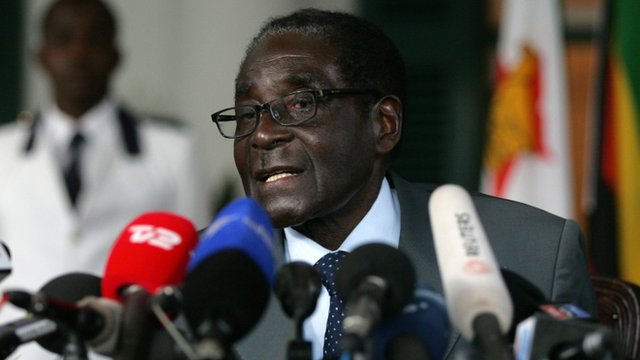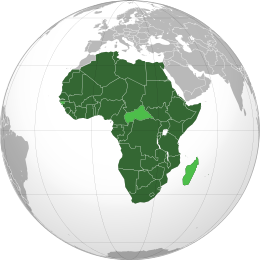 Trade remains vulnerable to problems such as financial crises and inequality
Trade remains vulnerable to problems such as financial crises and inequality
Protection is the dog that did not bark. Despite a huge financial crisis, the trend towards integration of the global economy has continued. This is surely remarkable. So why has this happened? Will it last? And what still needs to be done?
Foreign direct investment and trade have risen far more rapidly than global output since 1990, with FDI rising faster even than trade. The FDI stock jumped from 9 per cent of world output in 1990 to 33 per cent in 2012; exports of goods and services went from 20 per cent of world output to 31 per cent. By 2012, these ratios were even above where they had been before the financial crisis. As Arvind Subramanian and Martin Kessler point out in a thought-provoking paper, both trade and FDI are also substantially bigger, relative to global GDP, than ever before, with both goods and services increasingly freely traded. (See charts.)

“Hyperglobalisation” contributed hugely to emerging countries catching up with the living standards of high-income nations in the “great convergence”. So: “Until the late 1990s, only about 30 per cent of the developing world (21 of 72 countries) was catching up with the economic frontier (the US), and the rate of catch-up was about 1.5 per cent per head per year.”
The authors continue: “Since the late 1990s, nearly three-quarters of the developing world (75 of 103 countries) started catching up, at an accelerated annual pace of about 3.3 per cent per head. Although developing country growth slowed during the global financial crisis (2008-12), the rate of catch-up … remained close to 3 per cent.”
Protectionism, inevitably, emerged in the years of crisis. But it is remarkable how limited it has been: look at the vigorous recovery of world trade in 2010. Why, then, has it been possible to resist protectionism? I would suggest five explanations.
First, liberal trade is institutionalised in the World Trade Organisation and a number of trade pacts, not least the EU. Second, despite failures, notably in the eurozone, monetary and fiscal policies have been incomparably better than in the 1930s. Third, global capitalism has increasingly replaced national capitalism. Businesses are no longer on the same side as their workers. Fourth, the ideology of markets and globalisation remains dominant. Finally, the social safety net, albeit tattered, shields people from the worst results of joblessness.
Can one assume, then, that globalisation is irreversible? No. Its progress seems likely, driven as it is by ideas, interests and technology. Yet there are also threats, some coming from outside the trading system and others from within it.
One external threat is global imbalances. Policies aimed at export-led growth impose contractionary pressure on trading partners, particularly in times of deficient aggregate demand and ultra-low interest rates. In the last decade, we have seen the largest and most persistent exchange rate interventions ever.
Another threat may come from global environmental externalities. Suppose some countries imposed taxes on emissions of carbon dioxide, the goal being to reduce a global ill. If production shifted, that aim would not be achieved. The argument for countervailing taxes on imports would then be strong. Cycles of retaliation might well follow.
A bigger threat comes from high unemployment, low growth and rising inequality. Globalisation is a factor in the last, though far from the only one: also important are technology, liberalisation of finance and winner-take-all markets. But the threat to open trade is clear.
Imbalances should be dealt with by a more effective global monetary regime. Global environmental challenges should be dealt with by global agreements. Low growth and inequality should be dealt with by better macroeconomic policy and redistribution from winners to losers. But these things will probably not happen, which means trade may take the strain.
Yet we also see threats emanating from within the trading system itself. The Doha round of multilateral trade negotiations is dead or in a coma. Either way, it seems unlikely to be completed soon. That has inevitably undermined confidence in the WTO. While dispute settlement continues to function effectively, one can wonder whether a body unable to deliver further liberalisation would remain vital. Moreover, while the room for further liberalisation of trade in goods is limited, the opportunity for further liberalisation of services remains quite substantial.
An alternative exists: preferential liberalisation on a bilateral and plurilateral basis. As the paper by Messrs Subramanian and Kessler shows, about half the exports of the top 30 exporters go to preferential trade partners. And between 1990 and 2010, the number of preferential trade arrangements rose from 70 to 300. But now the US is proposing “mega-regional” agreements: the transpacific and transatlantic partnerships. The logic is that this is a way to achieve deeper integration among like-minded countries. But these plans are also designed to exclude the rising trade superpower, China. This is risky: it could end up fragmenting the trading system.
Is there a way out? Yes. It would be possible to create not two but a single global arrangement that any nation, not least China, would be free to join were it prepared to abide by agreed disciplines. Though this would carry risks, they would be minimised. Ideally, a way would be found to link such a mega-agreement with the WTO’s dispute settlement process by establishing it in the body.
Beyond this, it would be helpful if it were possible to declare victory in one area of the Doha round – possibly trade facilitation – and then move on to the bigger issues. The most important, in my view, is an agreement not to impose restrictions on exports of vital raw materials.
Most important of all, however, is to improve other areas of policy making. Trade is a success. But that success must be insecure so long as financial crises, inequality, unemployment and macroeconomic instability, not to mention geopolitical rivalries, threaten our world. As we learnt in the first half of the 20th century, liberal trade and investment cannot be an island isolated from events. If globalisation is to survive, we must look and then act far more effectively elsewhere.
Martin Wolf,
Financial Times.


